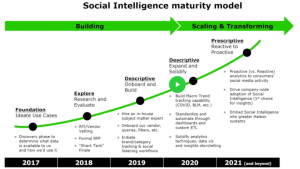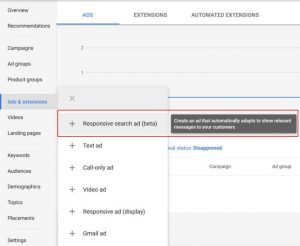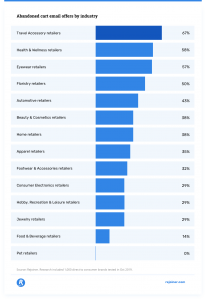Building a Minimum Viable Product (MVP) has become the go-to process for startups creating a new product.
In this article, I’ll go over the reasons why building an MVP can benefit your startup and help you build a successful product.
But first, I wanted to start off with a quick definition of MVP.
What is an MVP?
A minimum viable product (MVP) is the first version of a new product with only the core features needed to validate its value proposition.
Eric Reis, the creator of the startup MVP and author of The Lean Startup, defines an MVP as:
“That version of a new product which allows a team to collect the maximum amount of validated learning about customers with the least effort.”
The idea behind it is to offer a basic version of your product to customers and observe key metrics such as adoption and retention, among others.
This allows you to collect reliable data and use it to improve, or iterate, your product – something Reis refers to as “validated learning.”
But what are the benefits of applying the MVP process vs. more traditional product development strategies?
The Benefits of Building an MVP
1. Focus on the User
There’s no point building something no one needs. The MVP process is designed to put the user in the centre of the development process.
By taking this user-centric mindset you increase your chances of successfully solving your users’ problem.
Then, when your product is in the hands of your customers, you can use their feedback to solve that problem even more efficiently.
2. Reduced Costs
Unfortunately, no one’s pockets are endless. And for the majority of early-stage startups, resources are limited.
Building an MVP allows you to use a fraction of your budget to test your idea in the market. This allows you to save money for other key startup costs.
3. Shorter Time-to-Market
Time-to-market is a key factor for any startup. You want to get your product on the market as quickly as possible so you can start generating feedback, improving your product and generating revenue.
Building an MVP is one of the best methods to keep your time-to-market short.
In many cases, it’s also important to get to market as quickly as possible so your competitors don’t reach your customers before you – something that can mean the end of the road for many new startups.
4. Reduced Risk
As entrepreneurs, we all want our idea to succeed. However, in an ecosystem when 90% of startups fail, the odds are stacked against us.
Because building an MVP reduces costs & time-to-market it also reduces risk.
If your product fails, it will do so quickly & cheaply, allowing you to recover and move onto the next idea.
If your product succeeds, it means you’re one step closer to a successful product, with time and money in pocket to iterate.
5. It’s Better Than The Alternative
The alternative to building an MVP building a fully-featured product without validating if people need, or will adopt, your solution. Also known as the Waterfall Model.
This is not only the method many corporations still use, it’s the method that drove Eric Reis to find a better way.
The top reason startups fail (42%) is because of no market need. Therefore, spending months of time, energy and your entire budget building a product that your not sure people will use is a huge risk, when compared with building an MVP.
Final Thoughts
Building an MVP is one of the best ways to build a product with a short time-to-market, on a low budget, all while focusing on your users’ key problem/pain.
If you’re looking for a structured approach to build your MVP, check out this ebook for the full process, from ideation to launch.
Thanks for reading.
Business & Finance Articles on Business 2 Community
(11)







